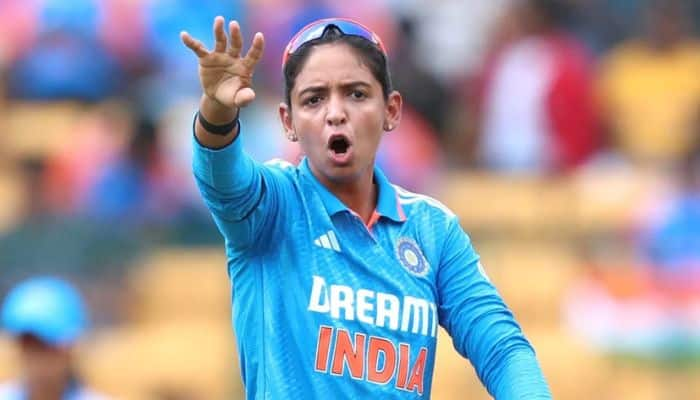India’s promising campaign in the Women’s World Cup 2025 hit a bump as they suffered a dramatic defeat against Australia, raising questions about consistency, finishing ability, and team composition. Despite a scintillating start, India’s lower-order collapse saw them fall short in a match they had a real chance of winning.
India’s Top Five Shine but Collapse Costs Big
India’s innings had all the makings of a record-breaking total. Smriti Mandhana and Pratika Rawal showcased their class with well-paced half-centuries, helping India reach 294 for 4 in the 43rd over. However, the last six wickets fell for just 36 runs, leaving India all out for 330.
Captain Harmanpreet Kaur rued the collapse, stating, “The way we started, we thought if we could have added 30-40 more runs on the board, we missed runs in the last six-seven overs. Losing wickets really cost us.” The pitch was considered ideal for batting, but India’s inability to capitalize in the death overs proved costly.
This marked the first instance of any team scoring over 300 against Australia while batting first, but the total still fell short due to a combination of a flat pitch and a dominant Australian bowling attack.
Key Moments That Turned the Game
Australia’s Beth Mooney, Alyssa Healy, and Ellyse Perry seized control, highlighting the gulf in finishing between the two teams. Healy’s unbeaten innings helped Australia chase down the total, sealing a memorable win with a record-setting partnership.
India’s middle order got starts but failed to convert them, a recurring theme that has plagued the team this World Cup. Coach Amol Muzumdar emphasized the importance of finishing strong: “Even in the South Africa game, we couldn’t defend 251. A good start is important, but the finish is what decides games.”
Bowling Woes Continue for India
India has now struggled to defend competitive totals in consecutive matches, losing both games with only six to seven balls remaining. Relying on just five frontline bowlers in batting-friendly conditions has exposed vulnerabilities.
Harmanpreet Kaur defended the team’s approach, noting, “This combination has given us a lot of success in the past. Two bad games are not going to make a big difference. We’ll sit and discuss and hopefully come up with the best approach.”
Coach Muzumdar indicated that team management would revisit the bowling strategy before their next clash against England in Indore, another high-scoring venue.
Reducing Dot Balls: India’s Recent Progress
One of India’s strengths in the Australia match was a significant reduction in dot balls, a problem that had plagued their early World Cup games. Five of India’s top seven batters managed strike rates above 100, reflecting a more aggressive approach.
“After the previous game, we had an elongated discussion about how to approach the innings,” Muzumdar said. “Today’s display was good, but we will have a closer look at dot-ball percentages and continue to improve.”
The defeat underscores that India has the firepower but still struggles with consistency in execution, especially during the final overs. The top order can set the platform, but the middle and lower order must deliver under pressure.
As India prepares for their next matches, the focus will be on balancing aggression with smart cricket, refining finishing ability, and perhaps revisiting their bowling options. The team’s resilience, combined with learnings from defeats, could yet turn their campaign around.

